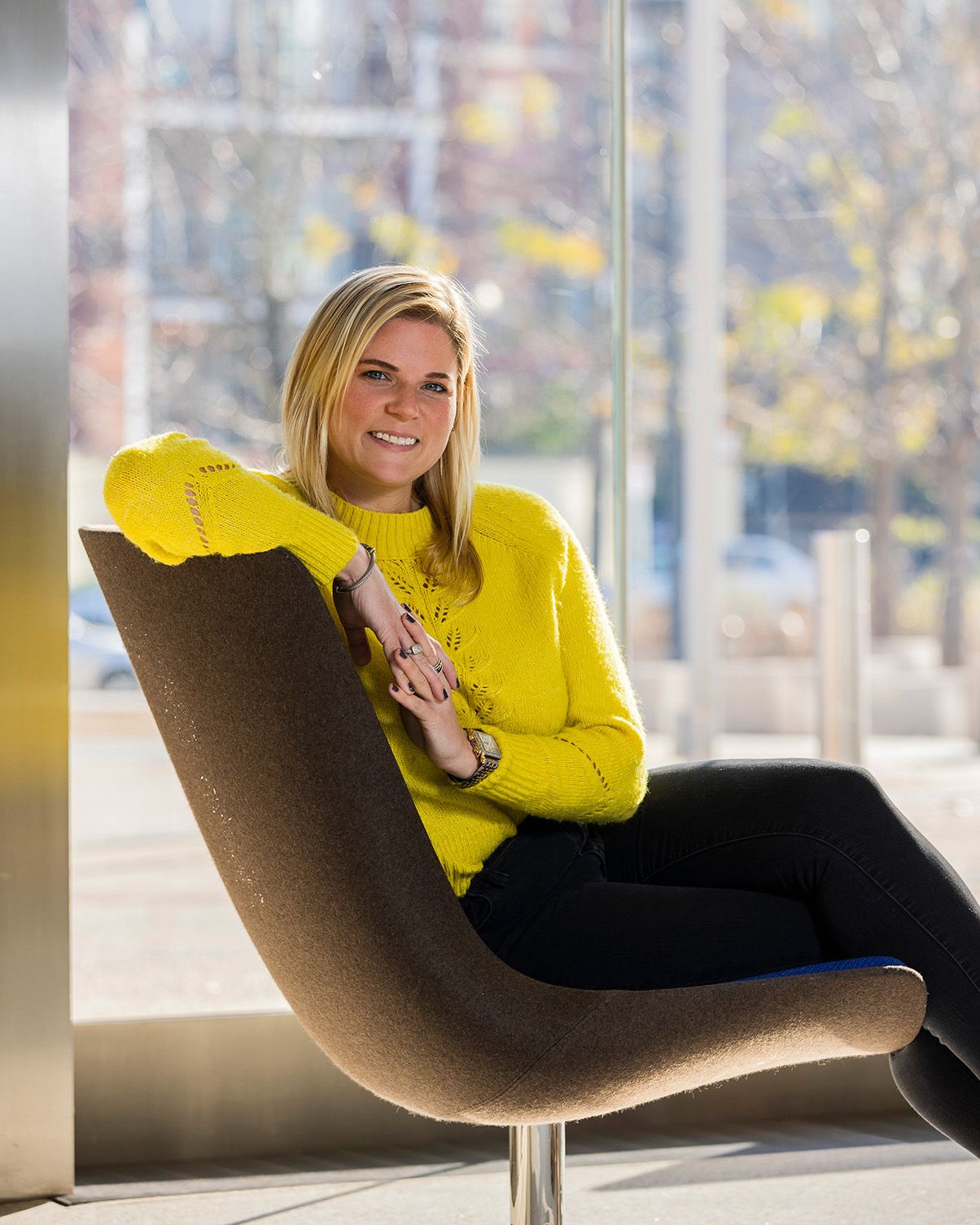Article
Cancer, COVID-19 and the Choices We Make
Author(s):
When it comes to both COVID-19 precautions and life with cancer, I feel like I have to sacrifice some privacy to gain understanding from the people around me.
Back in March of 2020, I was in Illinois with my husband and son while my daughters were at school on the East Coast. Fortunately, they were within an hour of one another and the older daughter, who had her own apartment, was able to collect her sister (and all the dorm paraphernalia) when schools abruptly shut down.
They shared an apartment through June, without a car, during the period when basics like food and toilet paper were hard to come by. Together, they finished out their semesters — one in undergrad and the other teaching high school remotely while finishing her first year in a master’s program.
Nothing thrown at me since has topped the emotions of that stretch of time. During this past week, I was asked — again — about how I am feeling now that so many precautions against COVID-19 are gone.
I was asked this question just before Easter Sunday, when I planned to attend church in-person. I was prepared to be uncomfortable, since I knew many church members wouldn’t be wearing masks.
Though I haven’t stopped living my life (#NotDeadYet), I was unprepared for just how it would feel being inside a small space with about 10% of the people wearing masks. Of course, since it is now Spring of 2022, I have lots of experience navigating spaces where other people don’t make the same calculations when it comes to risk: hospitals with unmasked nurses, crowded grocery stores, traveling, attending outdoor concerts.
But this time it felt different because of the threat of bigger changes to come. I’d started to feel like I was unreasonably cautious wherever I went. Yet, family members were testing positive, friends who traveled came back with COVID-19 and there was no reliable information about local cases. I couldn’t reconcile the prospect of going without a mask in enclosed spaces with these realities.
In the days since that Easter service, I’ve thought a lot about why that day was so difficult for me. I think it distilled many of the issues with our COVID-19 policies into one event: discomfort with others’ choices that differ from our own, a person (the pastor) with more power indirectly voicing an opinion that put those who are immunocompromised, older, or very young at more risk and the idea that people present at a church weren’t willing to take a small action that could protect the most vulnerable.
In many ways, Easter service reminded me of the early days of my diagnosis with stage 4 cancer. I looked like everyone else, but I was not the same. If I wanted anyone, from my husband to acquaintances, to understand I would have to share so much that the loss of privacy felt like a physical blow. I couldn’t expect concern if I didn’t share, and I couldn’t share if I wasn’t willing to cede a lot of control to others. It is a terrible place to stand.
After two years of the pandemic, I no longer believe that my saying “I’m at risk” will change anyone’s behavior. I was verbally assaulted about wearing a mask a year and half ago and that changed both my behavior and my trust in other people.
In some situations, I’ve taken to saying “I live with someone who’s immunocompromised” as I pull on a mask. I figure that allows me a little of the privacy that’s in short supply when you live long-term with illness, and it puts pressure on the other person to behave as though they care about others too.
These days, I’m looking at my planned travel and preparing myself both mentally and with practical steps like having a supply of N95 masks. Most important is a flight to California to visit my parents and sisters, whom I’ve seen just once in nearly three years. How much risk will I be bringing into a household where the oldest person is in his 90s?
How do I feel about changes to COVID-19 policies as someone living with cancer? I feel the same as I have for the past two years, but worse.
For more news on cancer updates, research and education, don’t forget to subscribe to CURE®’s newsletters here.





